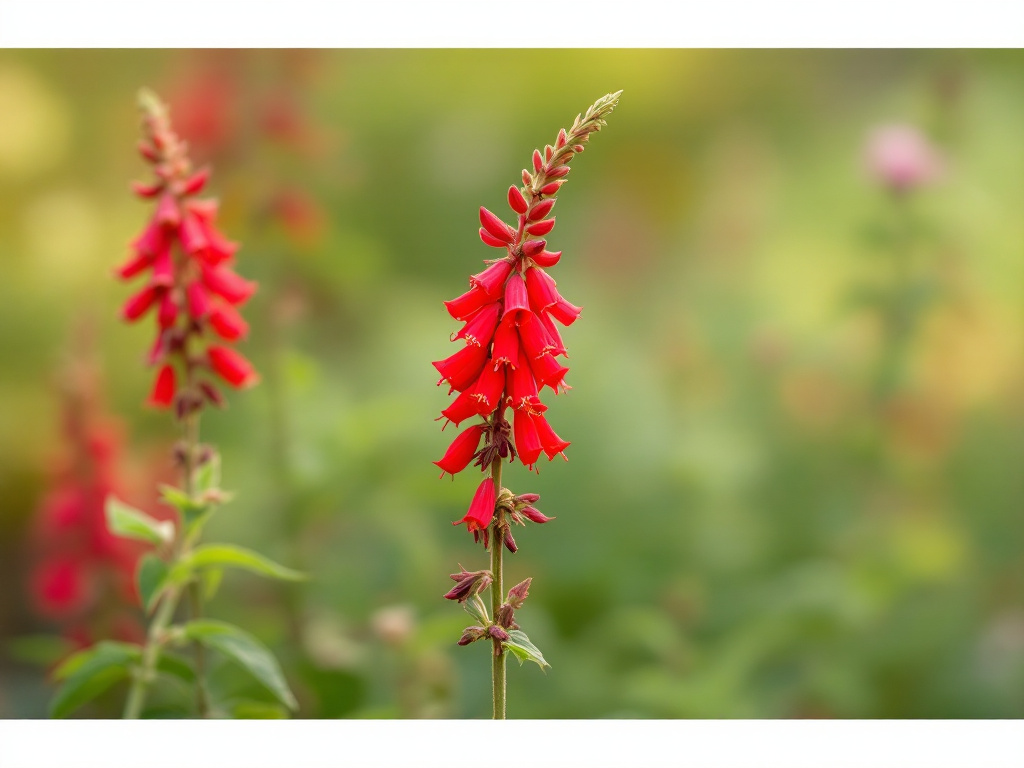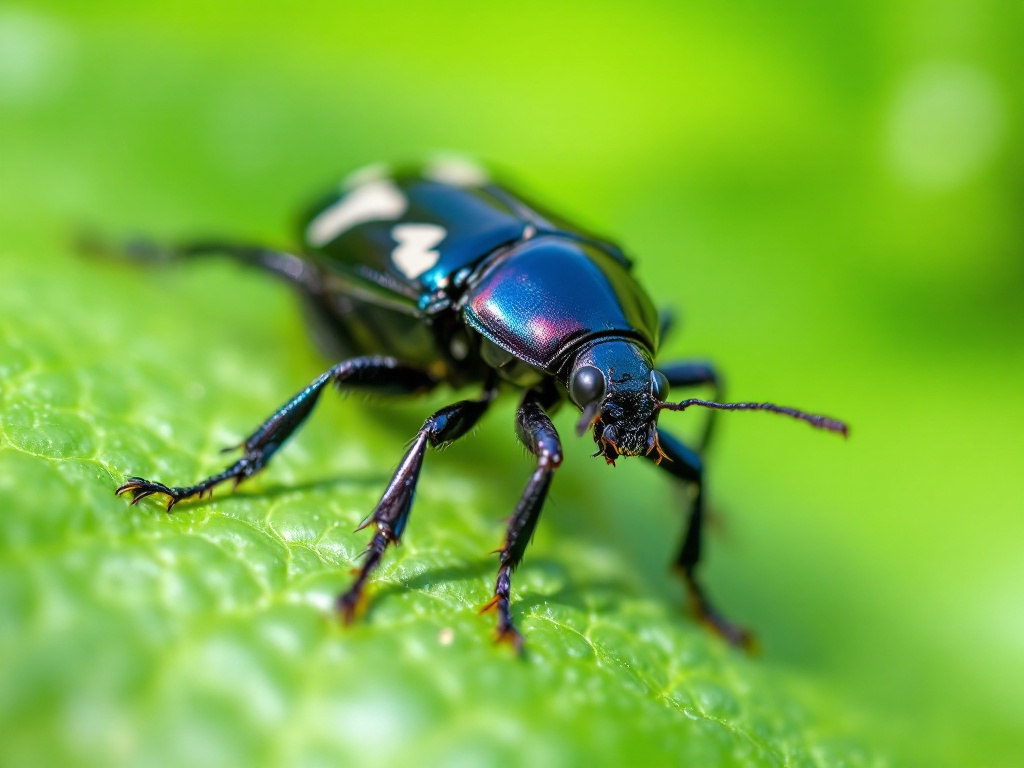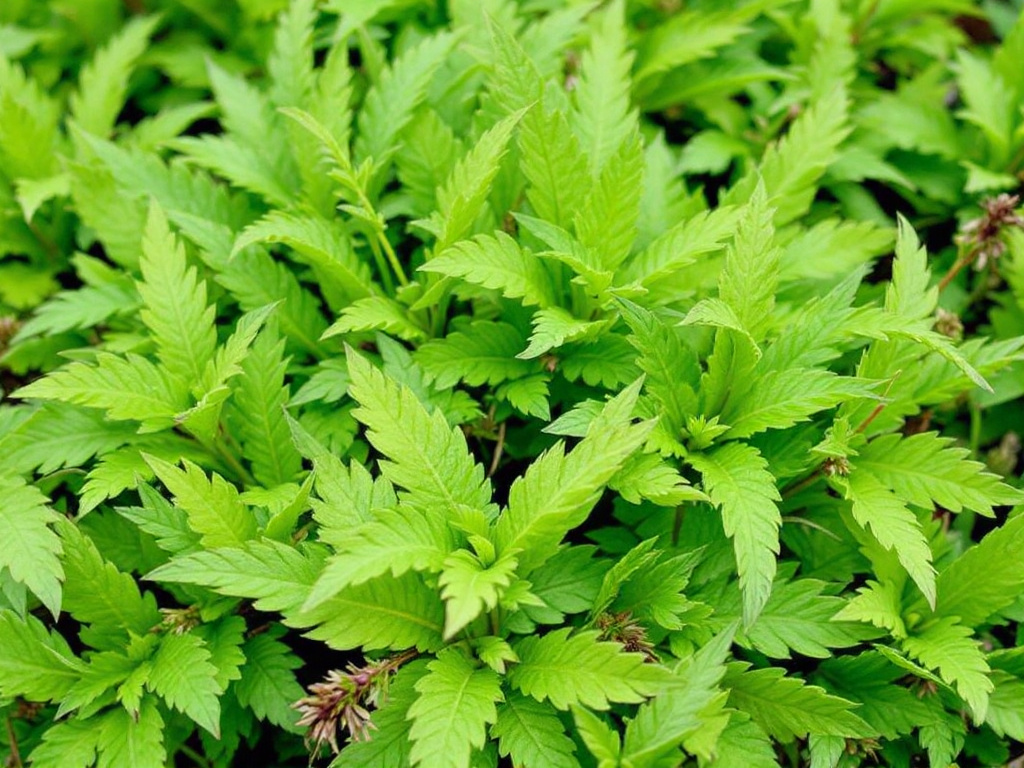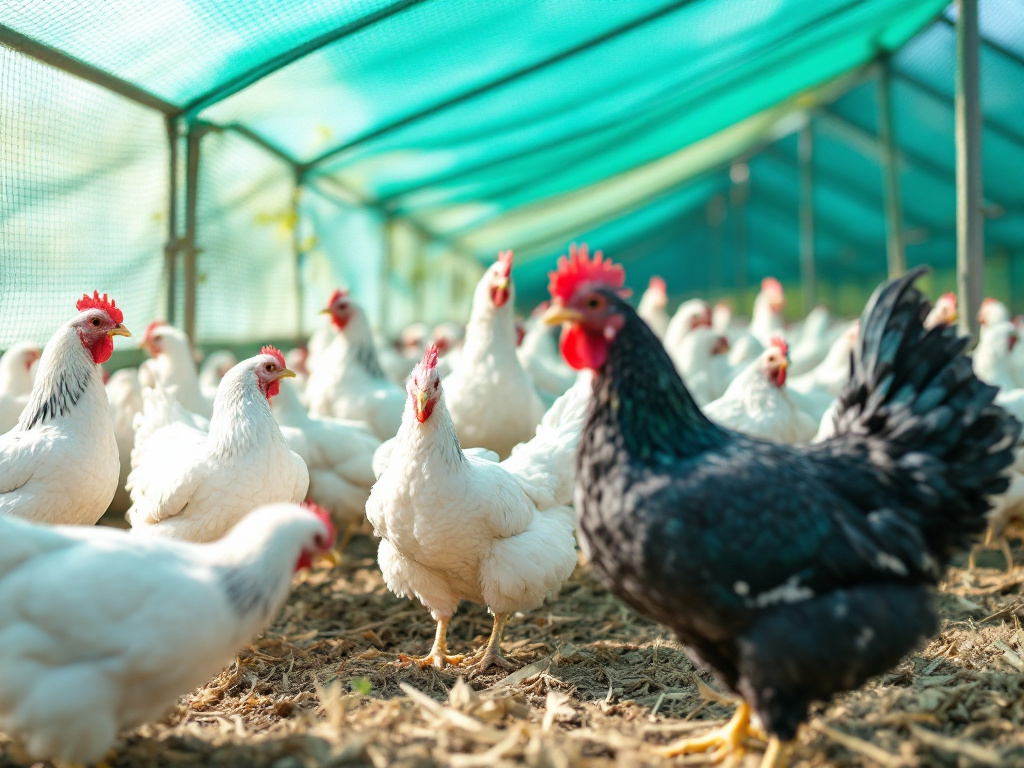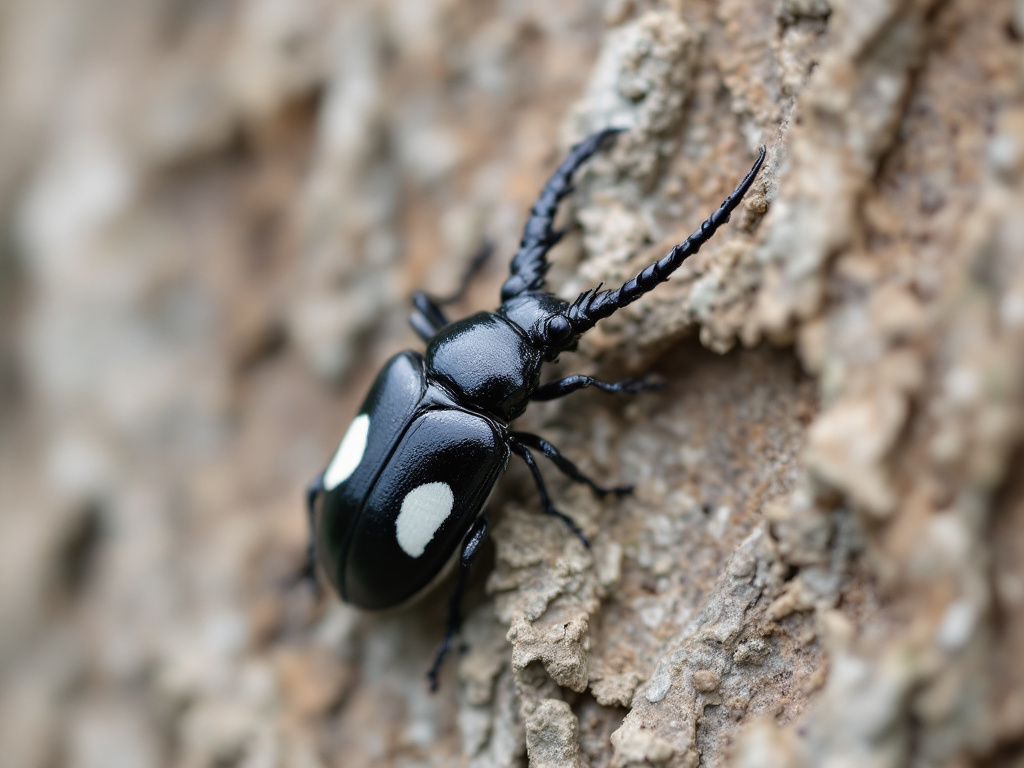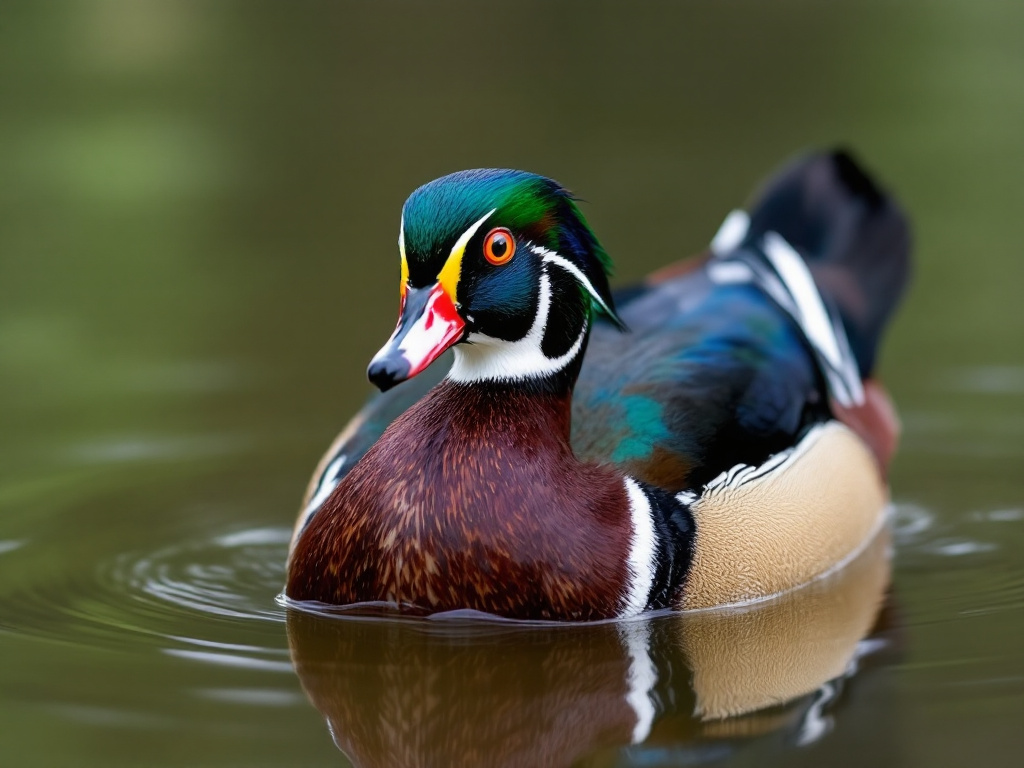Image generated by flux-ai.io & content generated by ChatGPT Version 4o-mini
Attracting Nature to Calhoun: The Cardinal Flower’s Role in Our Ecosystem
Calhoun County is known for its beautiful landscapes filled with lush greenery and abundant wildlife. A recent scholarly article highlights an enchanting plant that could enhance our local ecosystems: the cardinal flower, scientifically known as Lobelia cardinalis. This striking native plant not only adds beauty to our gardens but also plays a crucial role in supporting local wildlife, especially hummingbirds.
What is the Cardinal Flower?
The cardinal flower is a tall, vibrant plant that thrives in wet areas like stream banks, swamps, and meadows—environments not too far from our own homes in Calhoun. With its bright red tubular flowers, the cardinal flower is designed to attract hummingbirds, which are its primary pollinators. Just as the bright red of a cardinal’s feathers catches the eye, the flower’s vivid hue draws in these tiny birds, ensuring the plant’s reproduction.
Why Should We Care?
For residents of Calhoun, planting cardinal flowers can have multiple benefits. First, they enhance the beauty of gardens and landscapes. Imagine walking along the banks of the Apalachicola River or visiting your backyard and spotting these bright red blooms swaying in the breeze.
Moreover, by planting native species like the cardinal flower, we can create habitats that support local wildlife. Hummingbirds, which are common in our area, rely on these flowers for food, as they feed on the nectar. By attracting these birds, you can enjoy their company while also contributing to the health of our local ecosystem.
Growing and Caring for Cardinal Flowers
If you’re inspired to add cardinal flowers to your garden, they are relatively easy to grow, but it’s important to plant them in suitable conditions for optimal growth. They prefer moist soil and can thrive in areas that receive both sun and shade. Before planting, take a look at the conditions in your yard and choose appropriate locations to ensure the best growth. You can propagate them by collecting seeds in the autumn or taking cuttings in the spring. Just like planting a garden with vegetables, nurturing these flowers can be a rewarding experience for families in Calhoun, especially those involved in 4-H or gardening programs.
Historical Significance
The cardinal flower isn’t just beautiful; it also has a rich history. Various Native American tribes used it for medicinal purposes, treating ailments like fever and stomach issues. This connection to history can spark conversations among families about traditional uses of plants and the importance of preserving our natural heritage.
Environmental Benefits
In addition to attracting hummingbirds, the cardinal flower contributes to biodiversity. It provides food and shelter for various insects and other wildlife. As Calhoun County continues to develop, protecting and promoting native plants like the cardinal flower can help maintain the balance of our local ecosystems. Planting native species supports not only local wildlife but also reduces the need for chemical fertilizers and pesticides, creating a healthier environment.
Conclusion
As we enjoy the natural beauty of Calhoun County, let’s also think about how we can enhance it. By planting cardinal flowers, we not only beautify our surroundings but also support local wildlife and preserve a piece of our natural history. So next time you’re considering a gardening project, think about adding this vibrant native plant to your landscape. It’s a small step that can lead to big benefits for our local environment and community.
References
SS-AGR-398/AG402: Native Aquatic and Wetland Plants: Cardinal Flower, Lobelia cardinalis. (n.d.). Ask IFAS – Powered by EDIS. https://edis.ifas.ufl.edu/publication/AG402

